Wounded Knee Memorial Site and the Wounded Knee Museum
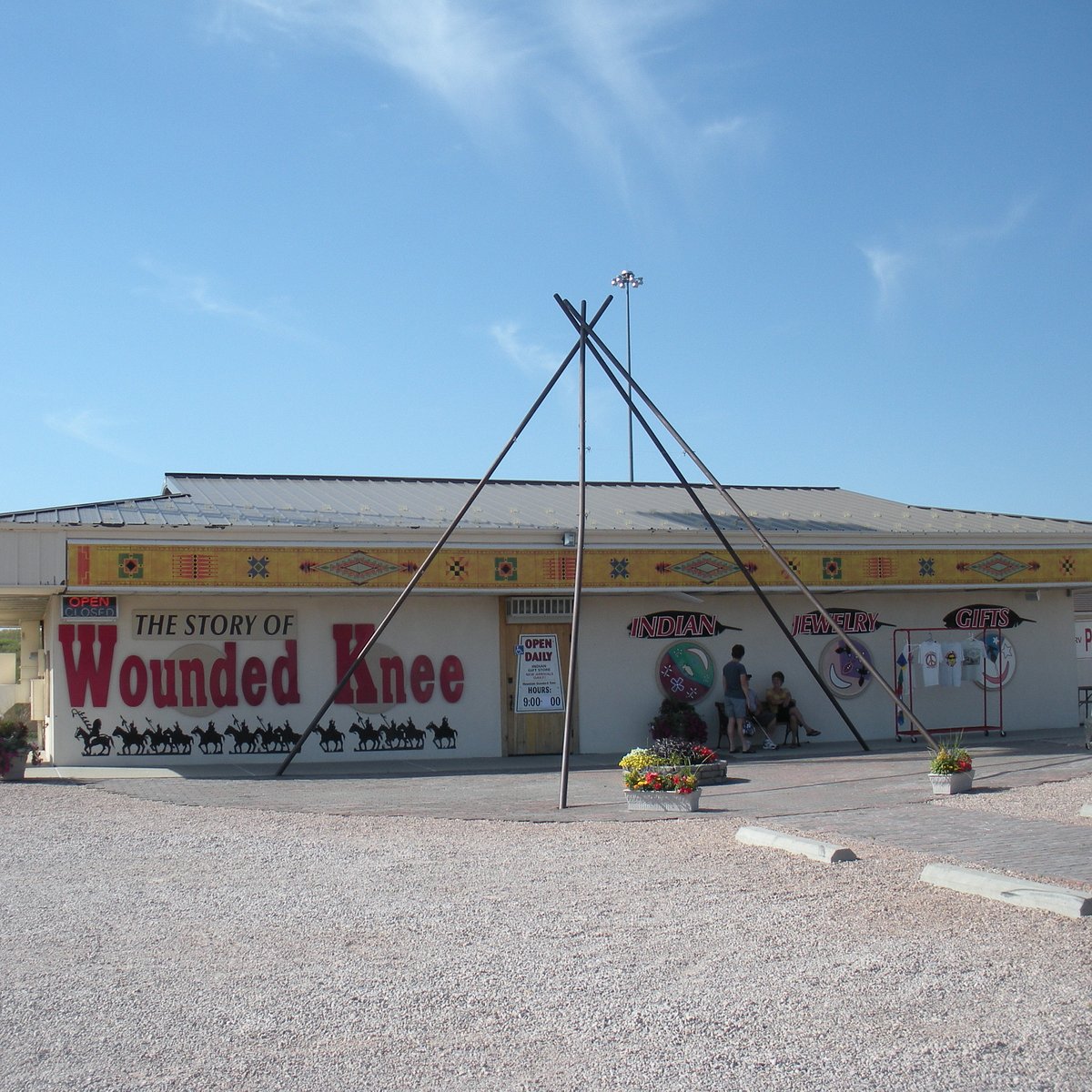

The Wounded Knee Massacre Site is located in southwestern South Dakota on the Pine Ridge Reservation at the village of Wounded Knee, SD. It is at this site where the United States federal troops slaughtered approximately 150–300 Lakota Indians. This massacre was the climax of the U.S. Army’s late 19th-century efforts to repress the Plains Indians. It ended any Native organized resistance to reservation life and assimilation to white American culture.
In the United States’ era of westward expansion, white settlers sought to claim land that was in the ownership of indigenous peoples. Due to this, the settlers were often met with fierce resistance, which only intensified in the latter half of the 19th century as the US federal government consistently signed and violated treaties made with various Plains tribal leaders—the most prominent being the Sioux Indians.
In September 1804, William Clark would have his first “unfavorable” Indian experience. His near-violent argument with the western bands of the Lakota Nation would cause Lewis and Clark to describe the tribes as the “vilest miscreants of the savage race.” When William Clark revealed his sword in a fit of anger against the Oglala Lakota Nation (Teton Sioux), he was prepared to battle a force that could easily have wiped out the small group of Americans- it just so happened that the Lakota did not want to fight then. At that time, the Lakota did not hate or fear the white man. This was not the case in the future, as they were very fearful of what was to come.
With the Treaty of Fort Laramie of 1868, a 60-million-acre Reservation was established for the Lakota and with agencies to represent the federal government among each tribe. If the Lakota, who are one of the three prominent subcultures of the Great Sioux Nation, stayed on the reservation and did not attack white settlers, they were to be provided with food rations, education, and many other state-funded benefits. However, the U.S. interest in natural resources on the reservation, encroaching on that land as well, led to a series of conflicts that shrank the Great Sioux Reservation from 60 million acres to 21.7 million acres by 1877.
Additionally, the General Allotment Act of 1887 continually reduced the acreage to 12.7 million- not even 20% of the original allotment.
Due to forced assimilation, Native American culture was being destroyed at alarming rates. Therefore, some tribal leaders attempted to reassert their sovereignty and develop new spiritual traditions-the most significant being the Ghost Dance (pioneered by Wovoka, a shaman of the Northern Paiute tribe). It was with this that the Plains Indians were reaching for some hope of salvation out of their hard conditions, such as semistarvation, caused by the reduction of their reservation. Additionally, they believed by engaging in this ritual they would be immune to the white man’s bullets.
These rites alarmed white settlers and led to federal military intervention. The US army toned down the Ghost Dance movement, but Chief Sitting Bull was killed by the reservation police while being arrested on December 14, 1890.
Two weeks later, on December 29, 1890, the US 7th Cavalry Regiment surrounded a band of Lakota Indian Ghost Dancers near Wounded Knee Creek. While attempting to disarm the Lakota, a shot was fired in an argument, and the US army soldiers opened fire on the Lakota- massacring hundreds of men, women, children, and the few survivors fled.
For more information visit the Wounded Knee Museum at 600 Main Street, Wall, South Dakota, or check out their website.

The Heritage Center at Red Cloud Indian School, Mission Drive, Pine Ridge, SD, USA
Distance: 12.11 mi (straight line)
Museums and Interpretive Centers Tribal Experiences
View Listing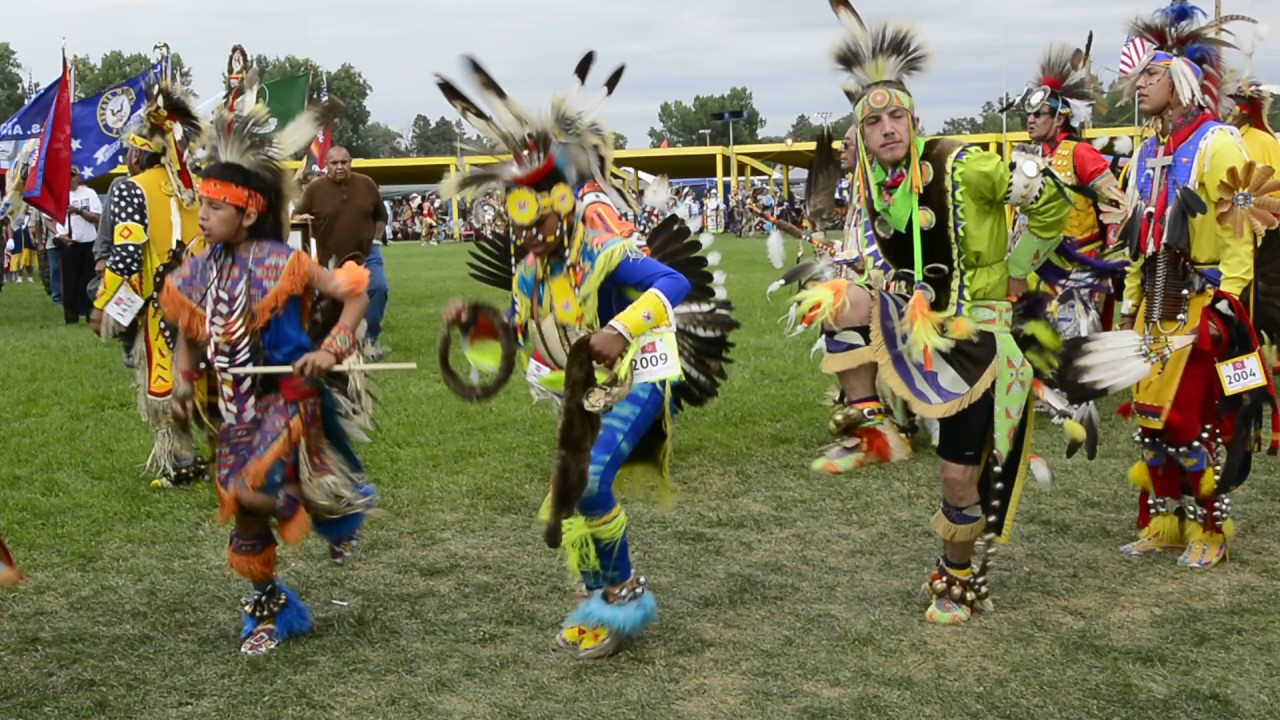
Pow Wow Grounds, Pine Ridge, SD, USA
Distance: 13.02 mi (straight line)
Festivals and Events Tribal Experiences
View Listing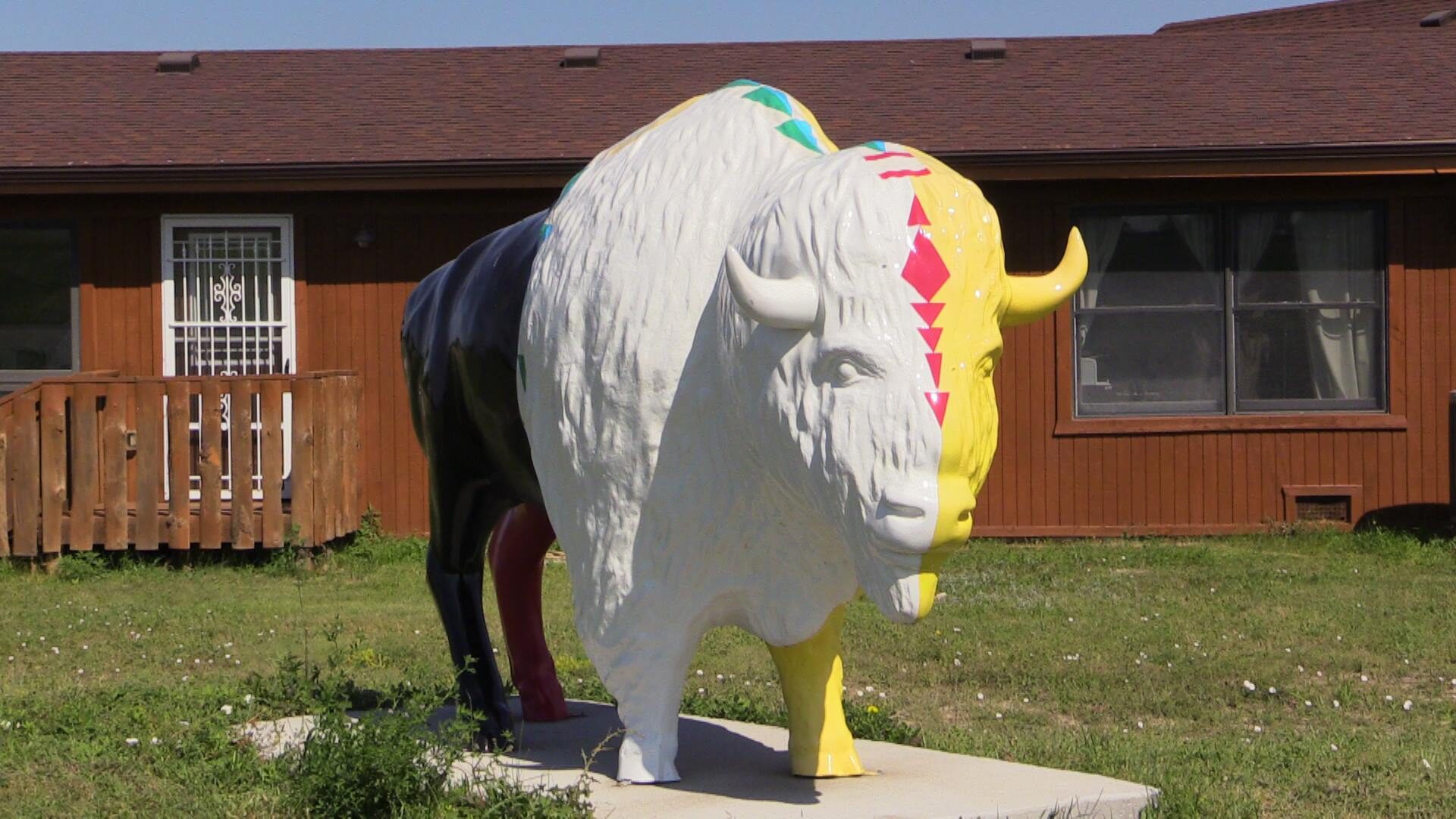
7900 Lakota Prairie Drive Kyle, SD 57752
Distance: 16.85 mi (straight line)
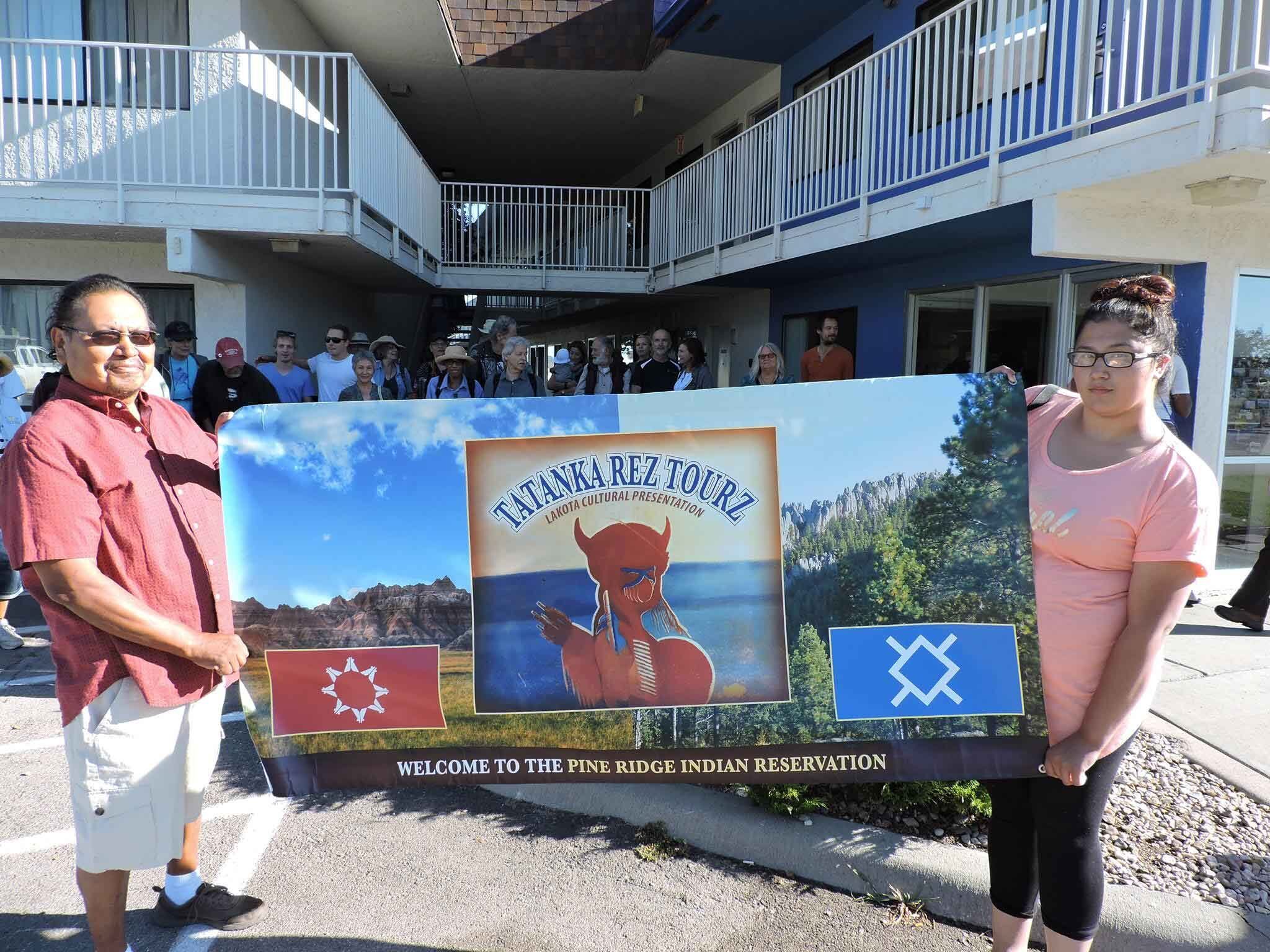
Pine Ridge Indian Reservation, Manderson-White Horse Creek, SD, USA
Distance: 21.30 mi (straight line)
Guided Tours Tribal Experiences Outdoor Experiences
View Listing
White River Visitor Center, Porcupine, SD, USA
Distance: 26.47 mi (straight line)

112 Casino Dr, Oglala, SD 57764, USA
Distance: 31.93 mi (straight line)
Galleries and Venues Food and Drinks Tribal Experiences Shopping Viewpoints
View Listing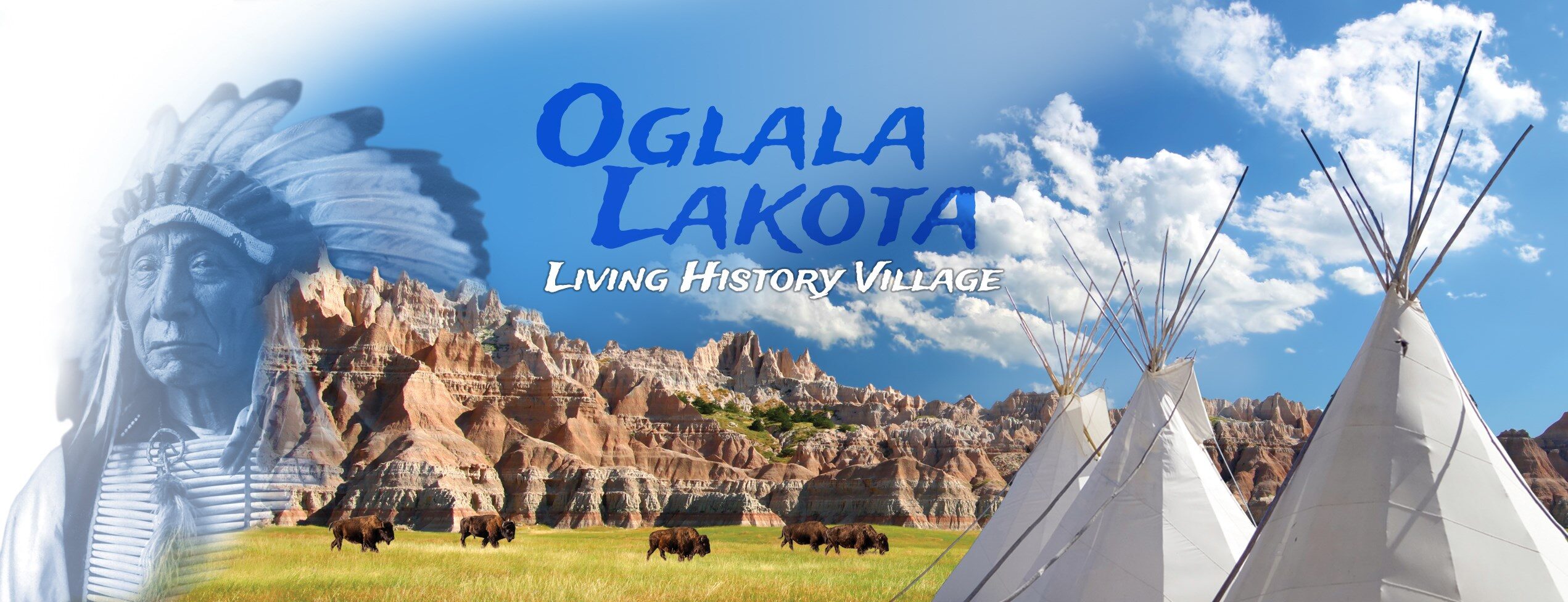
Oglala Lakota Living History Village, South Dakota 240, Philip, SD, USA
Distance: 52.95 mi (straight line)
Museums and Interpretive Centers Guided Tours Tribal Experiences
View Listing
The Mammoth Site, U.S. 18 Bypass, Hot Springs, SD, USA
Distance: 59.70 mi (straight line)
Museums and Interpretive Centers
View Listing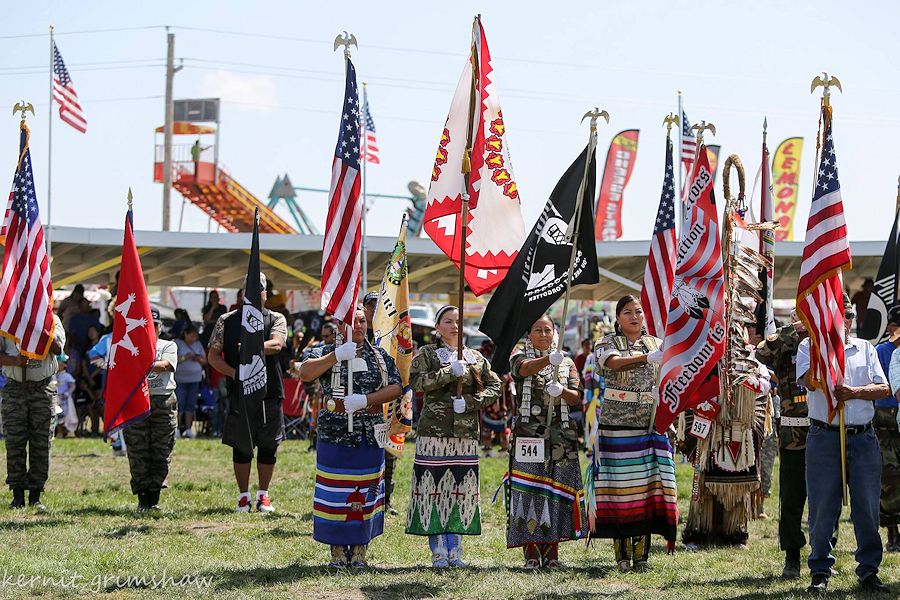
105 Akicita St, St Francis, SD 57572, USA
Distance: 76.86 mi (straight line)
Festivals and Events Tribal Experiences
View Listing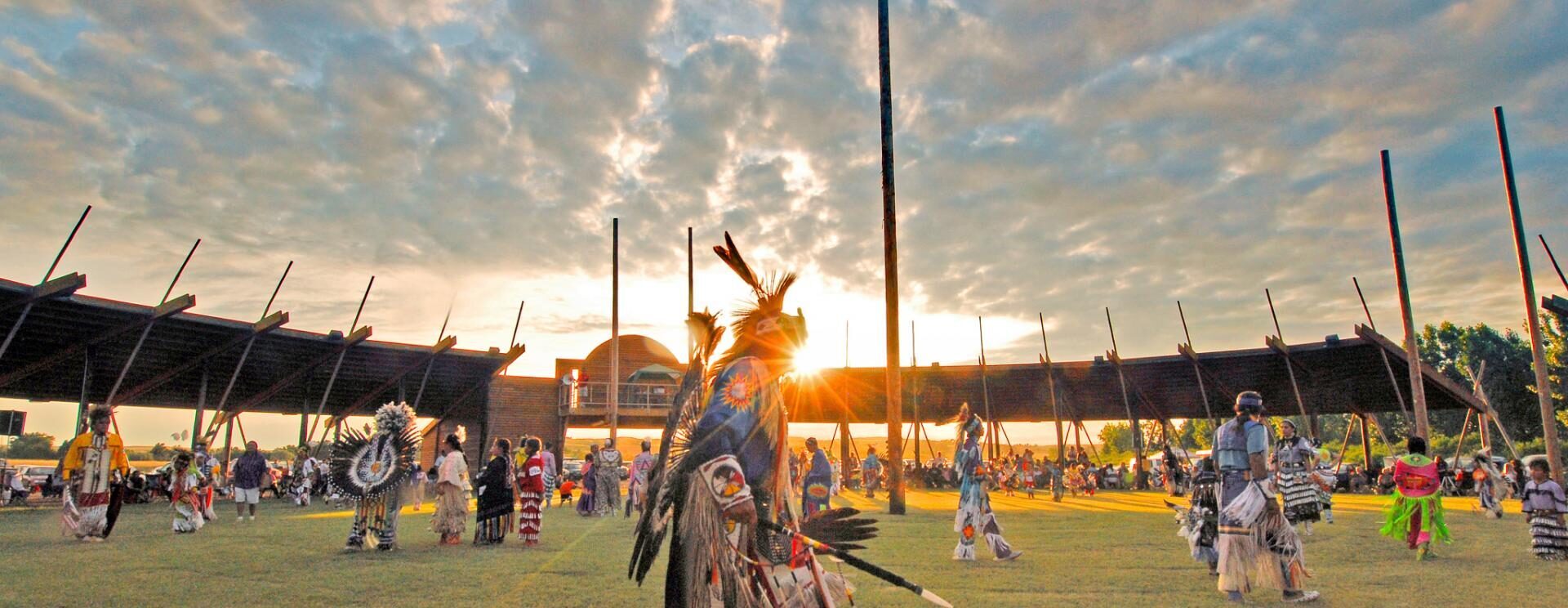
Black Hills Powwow
Distance: 78.05 mi (straight line)
Galleries and Venues Festivals and Events
View Listing
Sinte Gleska University, Antelope Lake Circle, Mission, SD, USA
Distance: 87.36 mi (straight line)
Festivals and Events Tribal Experiences
View Listing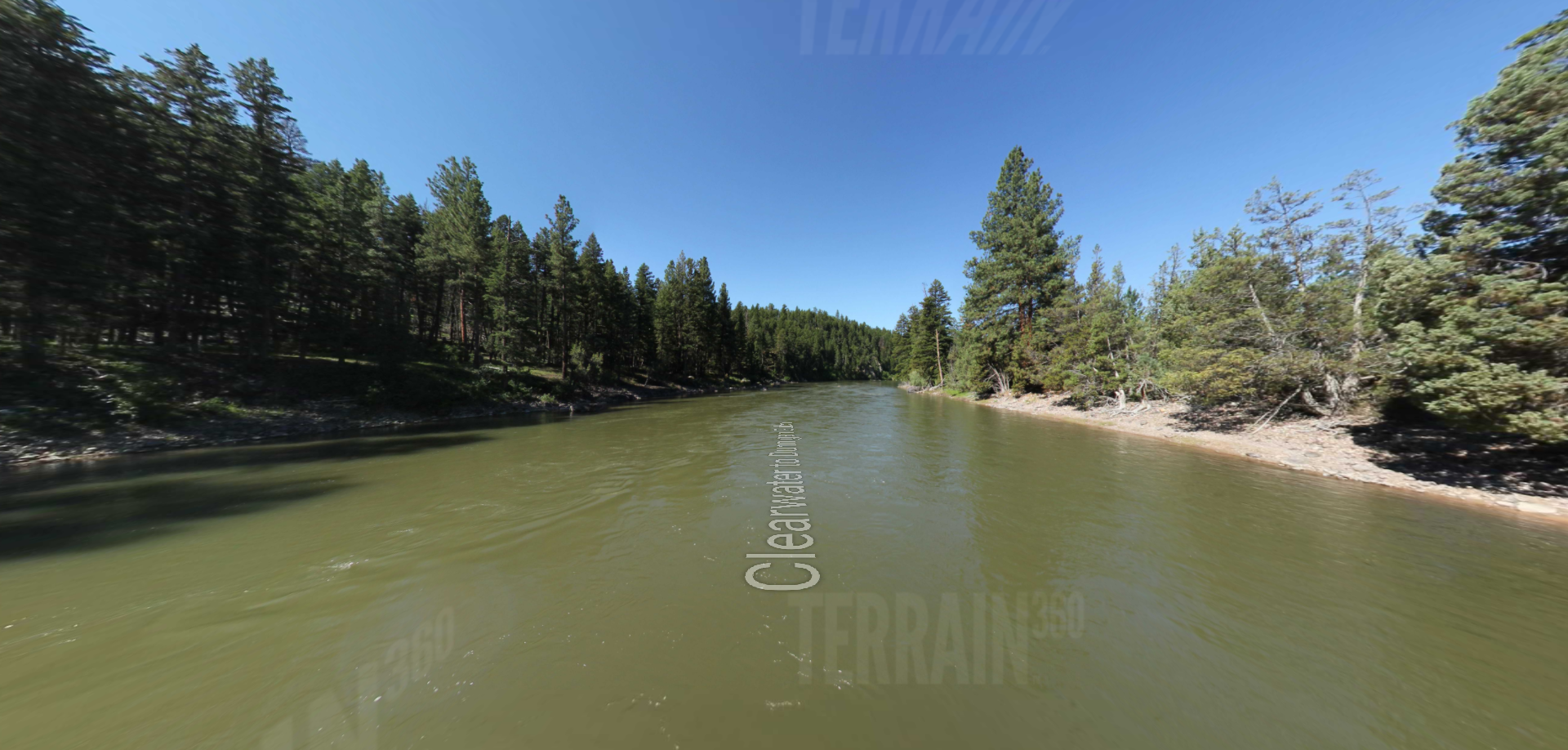
Sinte Gleska University, Antelope Lake Circle, Mission, SD, USA
Distance: 87.36 mi (straight line)
Galleries and Venues Museums and Interpretive Centers Tribal Experiences
View Listing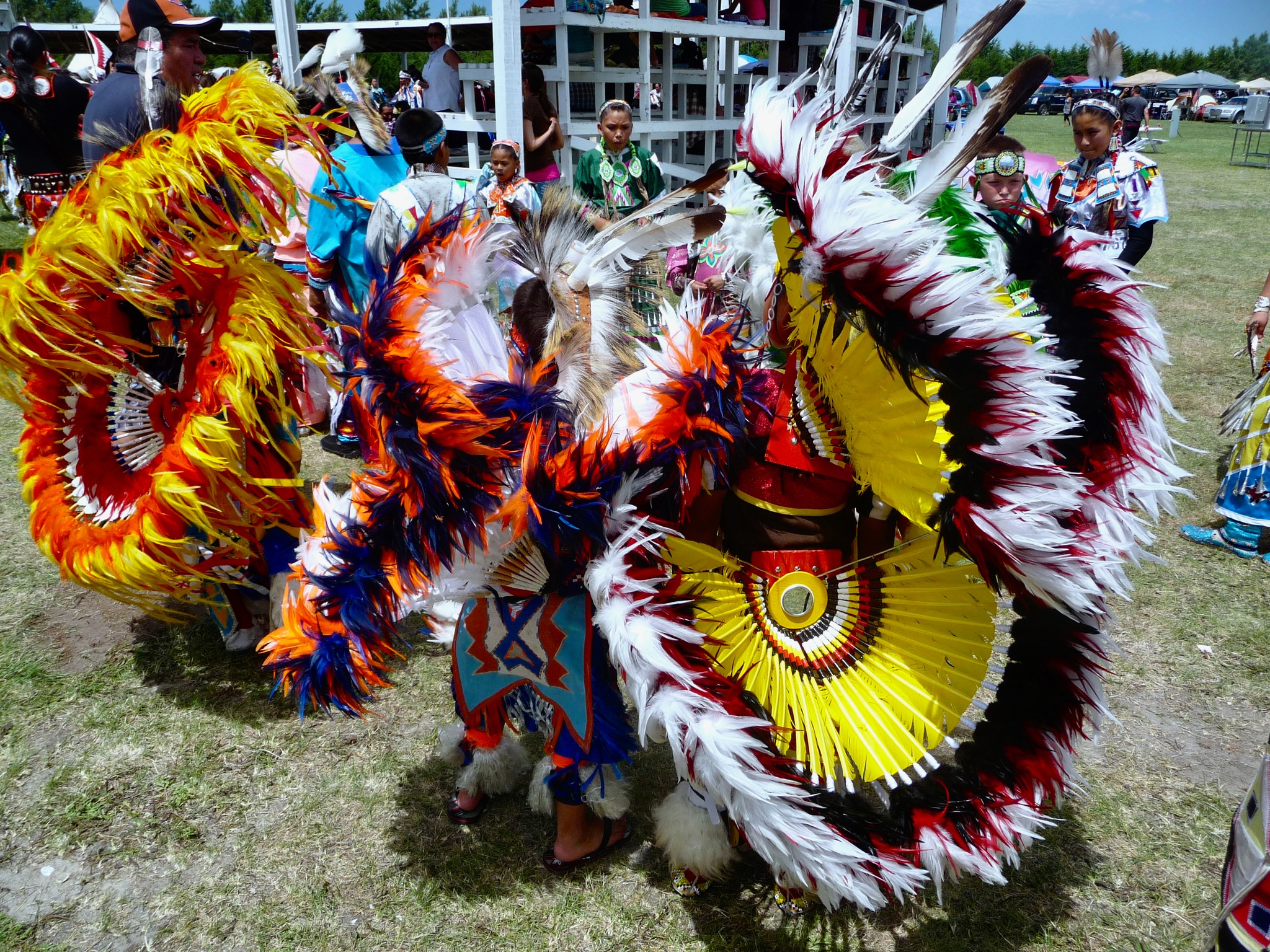
Rosebud Casino, 30421 U.S. 83, Valentine, Nebraska, USA
Distance: 90.70 mi (straight line)
Festivals and Events Tribal Experiences
View Listing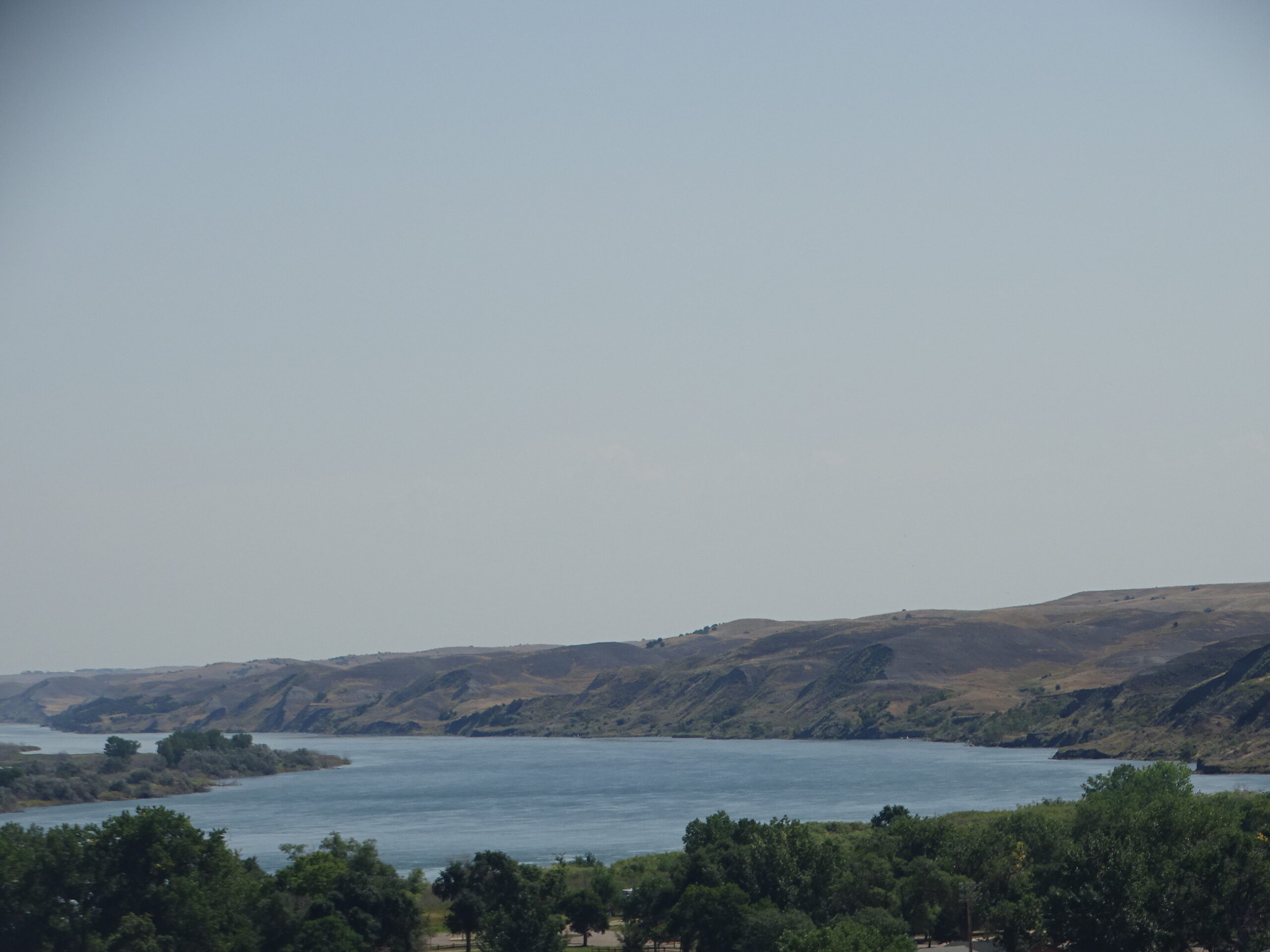
Verendrye Monument, Verendrye Drive, Fort Pierre, SD, USA
Distance: 129.76 mi (straight line)
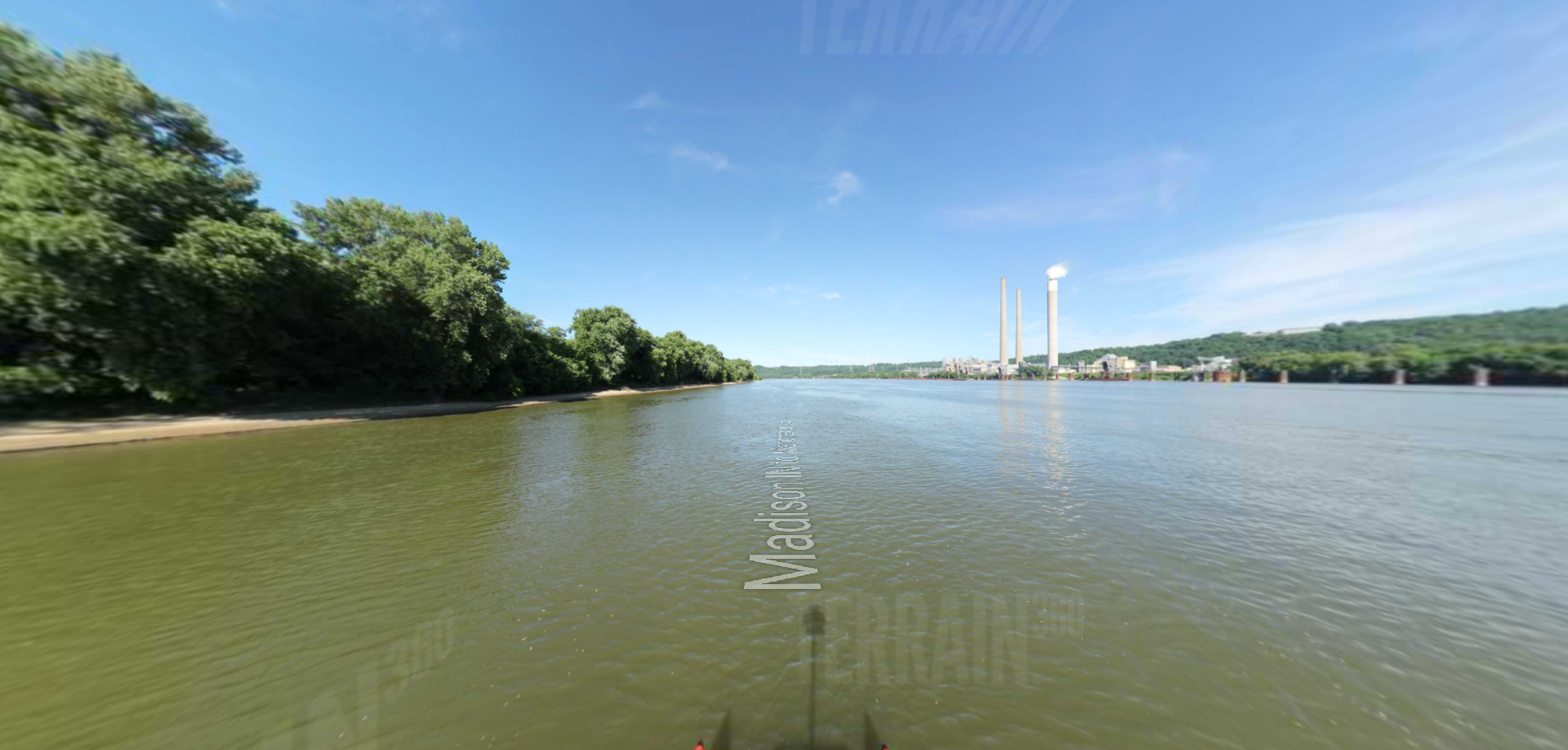
Fort Pierre, SD, USA
Distance: 129.87 mi (straight line)
Festivals and Events Food and Drinks
View Listing
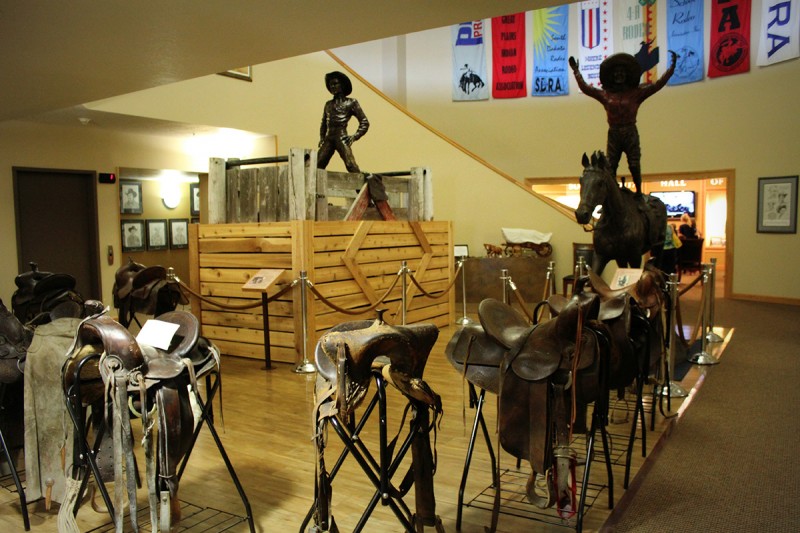
Casey Tibbs Rodeo Center Museum, Verendrye Drive, Fort Pierre, SD, USA
Distance: 129.89 mi (straight line)
Museums and Interpretive Centers
View Listing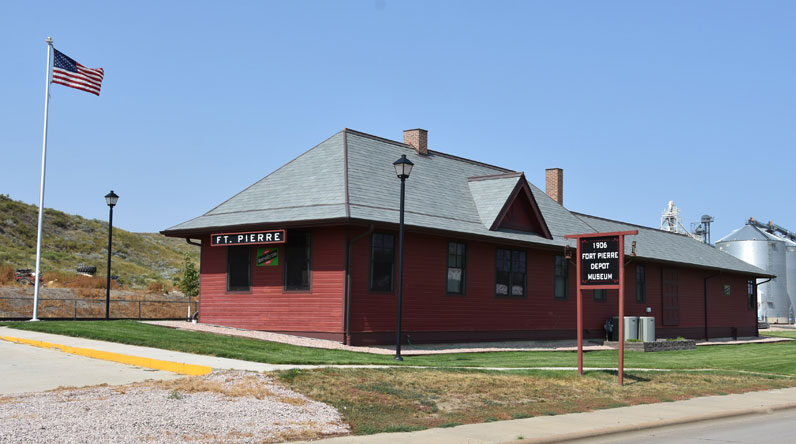
Fort Pierre Depot Museum, Fort Pierre, SD, USA
Distance: 129.99 mi (straight line)
Museums and Interpretive Centers
View ListingOur bi-weekly newsletter provides news, history, and information for those interested in traveling along along the Lewis & Clark Trail.